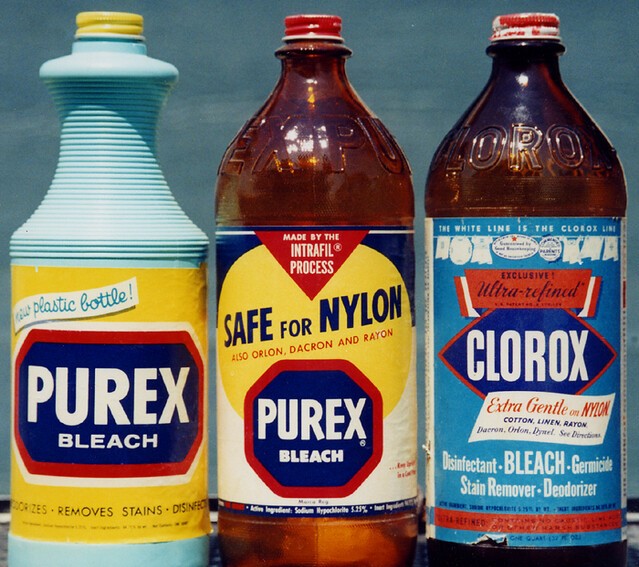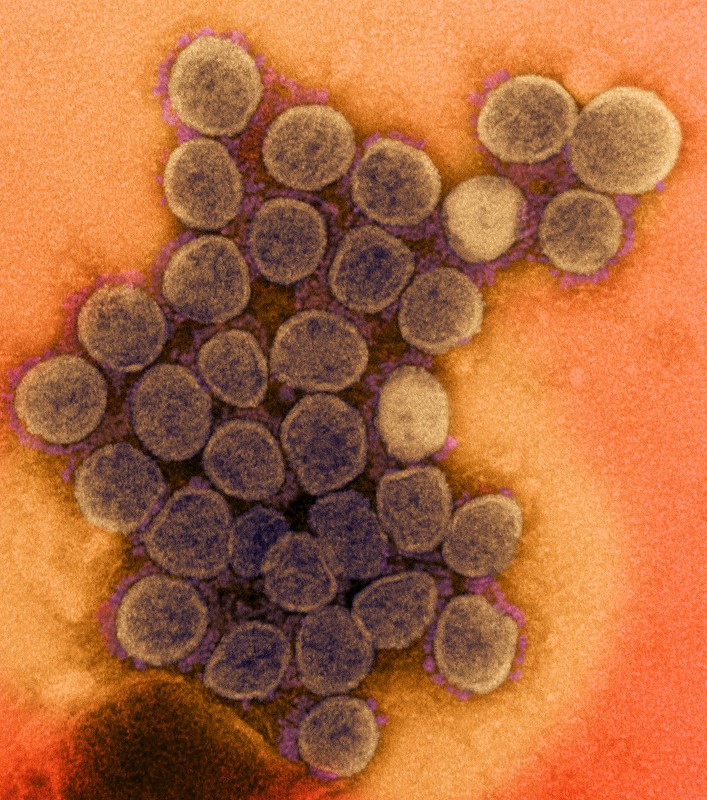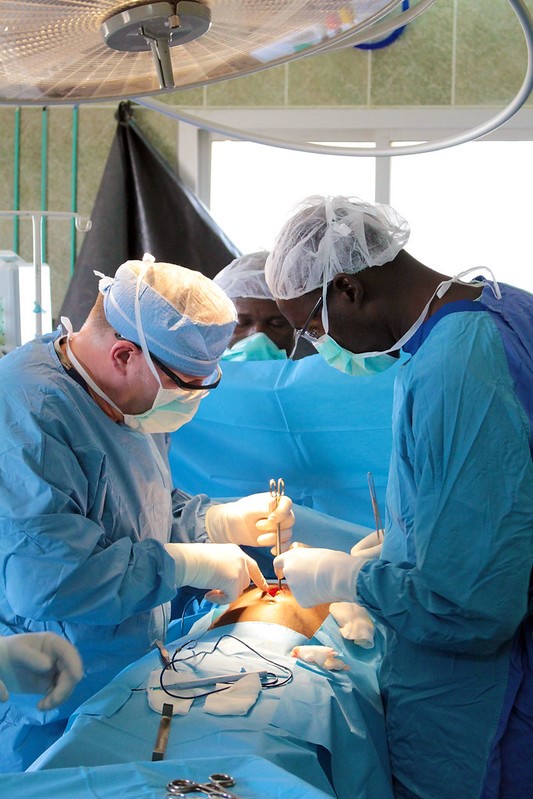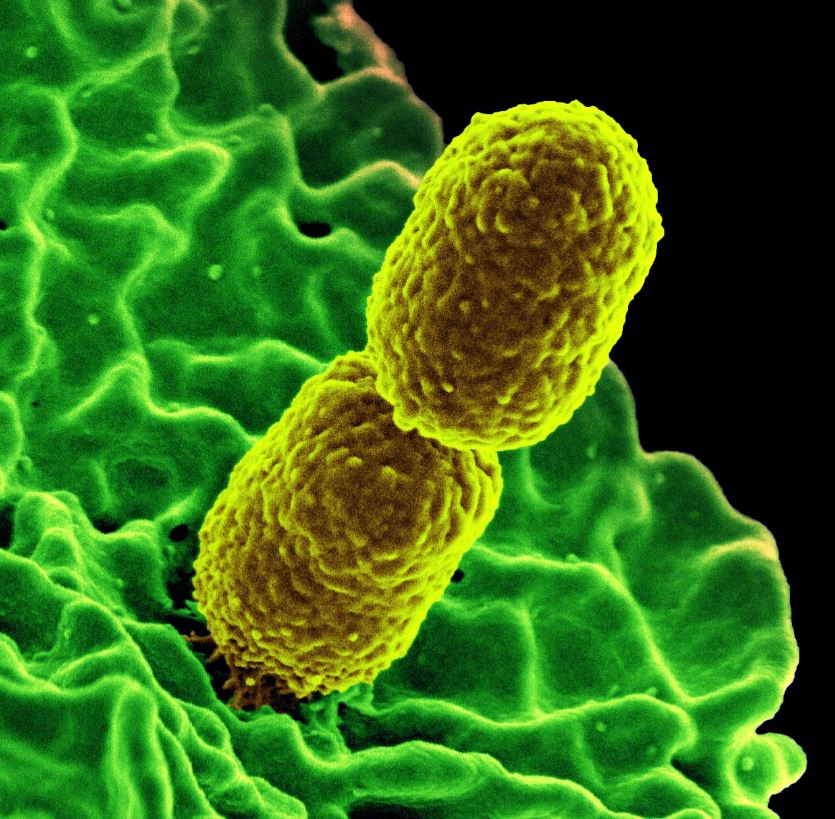A new report dispels accounts that Americans drank bleach to cure or prevent COVID-19, a practice even the Centers for Disease Control and Prevention (CDC) warned against during the early months of the pandemic. The report was published yesterday in PLOS One.

In June 2020 the CDC shared results from an online survey that showed 39% of Americans engaged in at least one cleaning practice not recommended by the CDC since April of 2020, with 4% of respondents saying they were drinking or gargling diluted bleach to prevent a COVID-19 infection. Those responses coupled with increased reports in calls to the CDC poison control center created a narrative that bleach drinking was occurring among worried Americans.
The study authors surveyed 600 respondents during the summer of 2020 and applied several analyses that address multiple known characteristics of problematic respondent bias. The subsequent survey revealed "problematic respondents" made up 23.3% to 33.0% of CDC survey respondents.
"Across two studies with nearly 1,300 respondents, we replicated the CDC's findings showing that around 4% of respondents reported engaging in each of the three highly dangerous behaviors: drinking or gargling household cleaner, soapy water, and diluted bleach," the authors said. "However, we also observed that 3–7% of respondents reported having never used the Internet while taking the survey online and having suffered a fatal heart attack."
Researchers should rigorously check for problematic respondents, particularly when the survey aims to measure rare events.
After removing survey responses from all participants who provided inattentive, acquiescent, and careless answers, there was no evidence anyone drank cleaning products during the early months of the pandemic.
"Problematic survey respondents pose a fundamental challenge to all survey research and threaten the validity of public-health policy," the authors concluded. "To mitigate against these threats, researchers should rigorously check for problematic respondents, particularly when the survey aims to measure rare events."















